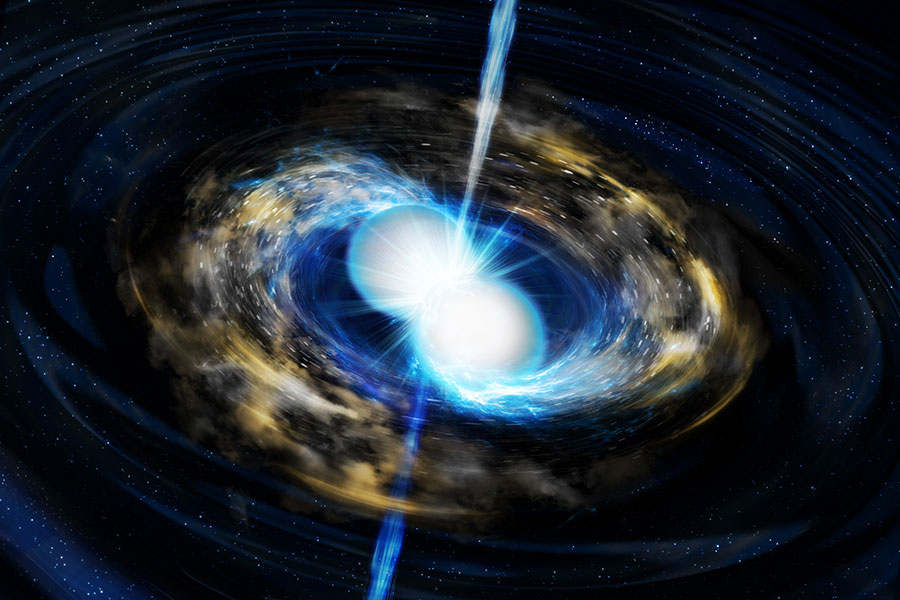2022-10-26 パデュー大学
研究者が行ったこの研究は、メタマテリアルの形状を利用して、周囲の環境に適応する方法を自ら学習することを実証した最初の例である。
研究チームは、あるレベルの力でドームが反転すると、ドームを囲むメタマテリアルシートの平面部分に埋め込まれたセンサーが、形状の変化を検知することを示した。そして、電気信号がメムリスタと呼ばれる記憶装置を作動させ、力とそれがシート上のどこで検出されたかを記録するのである。逆ドームを作るたびに、メタマテリアルは、あるレベルの力がその表面に作り出すパターンを記憶するようになる。
実際には、ドローンの翼は、危険な状態に関連するパターンを素早く思い出すことができるだろう。メタマテリアルは、逆ドームのパターンから得たすべての「部分記憶」を、これらのパターンが完全に作り出す単一の「完全記憶」として記録しておくからである。この研究結果に基づき、研究者らは、メタマテリアルが時間の経過とともに自身の中に蓄積する情報を呼び出すために「緩衝材」を必要としないだろうと考えている。
<関連情報>
- https://www.purdue.edu/newsroom/releases/2022/Q4/borrowing-a-shape-from-a-to-go-cup-lid,-a-drone-wing-could-learn-how-to-sense-danger-faster.html
- https://onlinelibrary.wiley.com/doi/full/10.1002/aisy.202200158
メカノセンシングと知覚的連想学習のためのニューロモーフィック・メタマテリアル Neuromorphic Metamaterials for Mechanosensing and Perceptual Associative Learning
Katherine S. Riley,Subhadeep Koner,Juan C. Osorio,Yongchao Yu,Harith Morgan,Janav P. Udani,Stephen A. Sarles,Andres F. Arrieta
Advanced Intelligent Systems Published: 13 October 2022
DOI:https://doi.org/10.1002/aisy.202200158

Abstract
Physical systems exhibiting neuromechanical functions promise to enable structures with directly encoded autonomy and intelligence. A neuromorphic metamaterials class embodying bioinspired mechanosensing, memory, and learning functionalities obtained by leveraging mechanical instabilities integrated with memristive materials is reported. The prototype system comprises a multistable metamaterial whose bistable dome-shaped units collectively filter, amplify, and transduce external mechanical inputs over large areas into simple electrical signals using embedded piezoresistive sensors. Dome deformations in nonvolatile memristors triggered by the transduced signals, providing a means to store loading events in measurable material states are recorded. Sequentially applied mechanical inputs result in accumulated memristance changes that allow us to physically encode a Hopfield network into the neuromorphic metamaterials. This physical network learns the history of spatially distributed input patterns. Crucially, the neuromorphic metamaterials can retrieve the learned patterns from the memristors’ final accumulated state. Therefore, the system exhibits the ability to learn without supervised training and retain spatially distributed inputs with minimal external overhead. The system’s embodied mechanosensing, memory, and learning capabilities establish an avenue for synthetic neuromorphic metamaterials that learn via tactile interactions. This capability suggests new types of large-area smart surfaces for robotics, autonomous systems, wearables, and morphing structures subjected to spatiotemporal mechanical loading.



